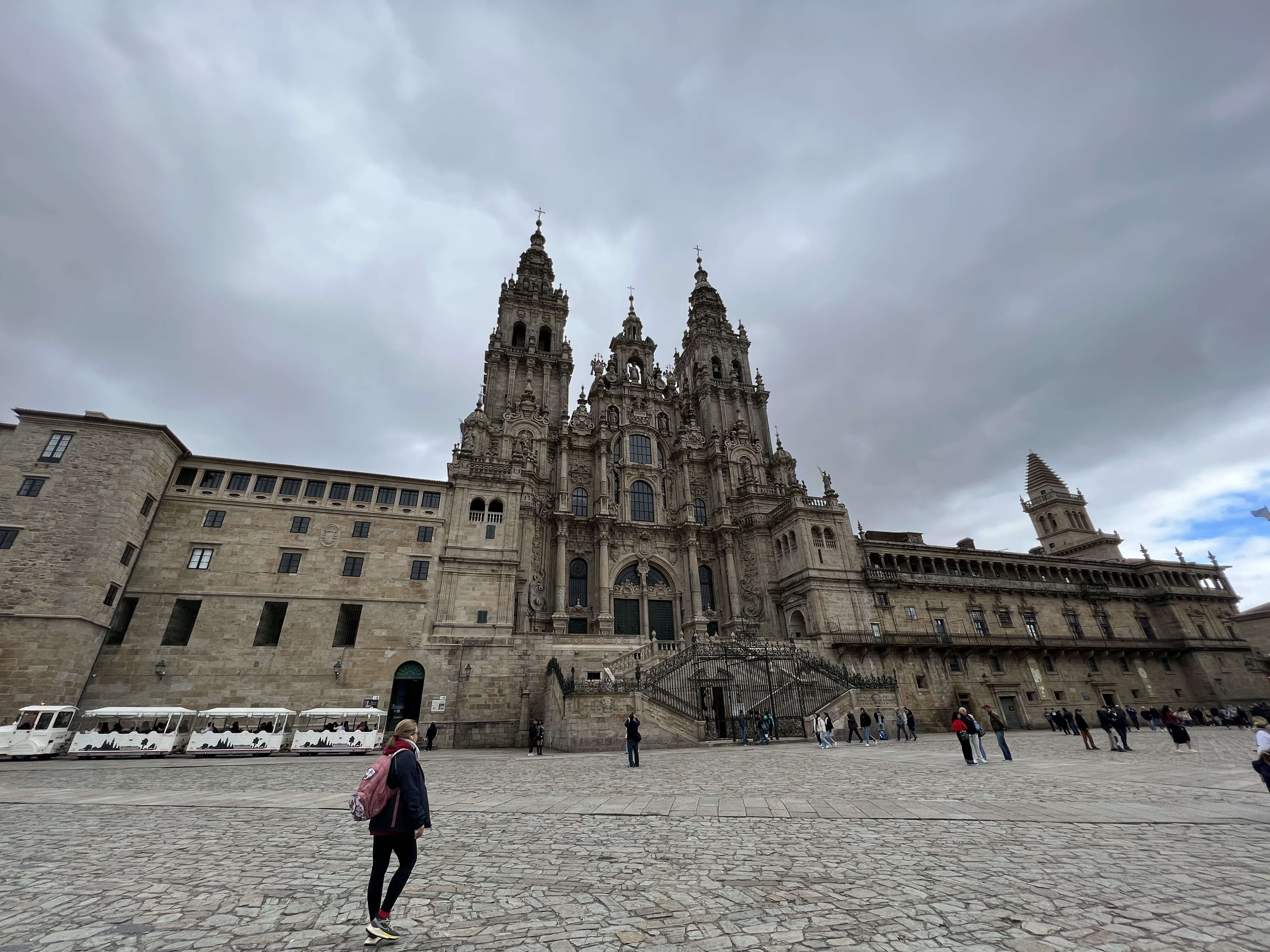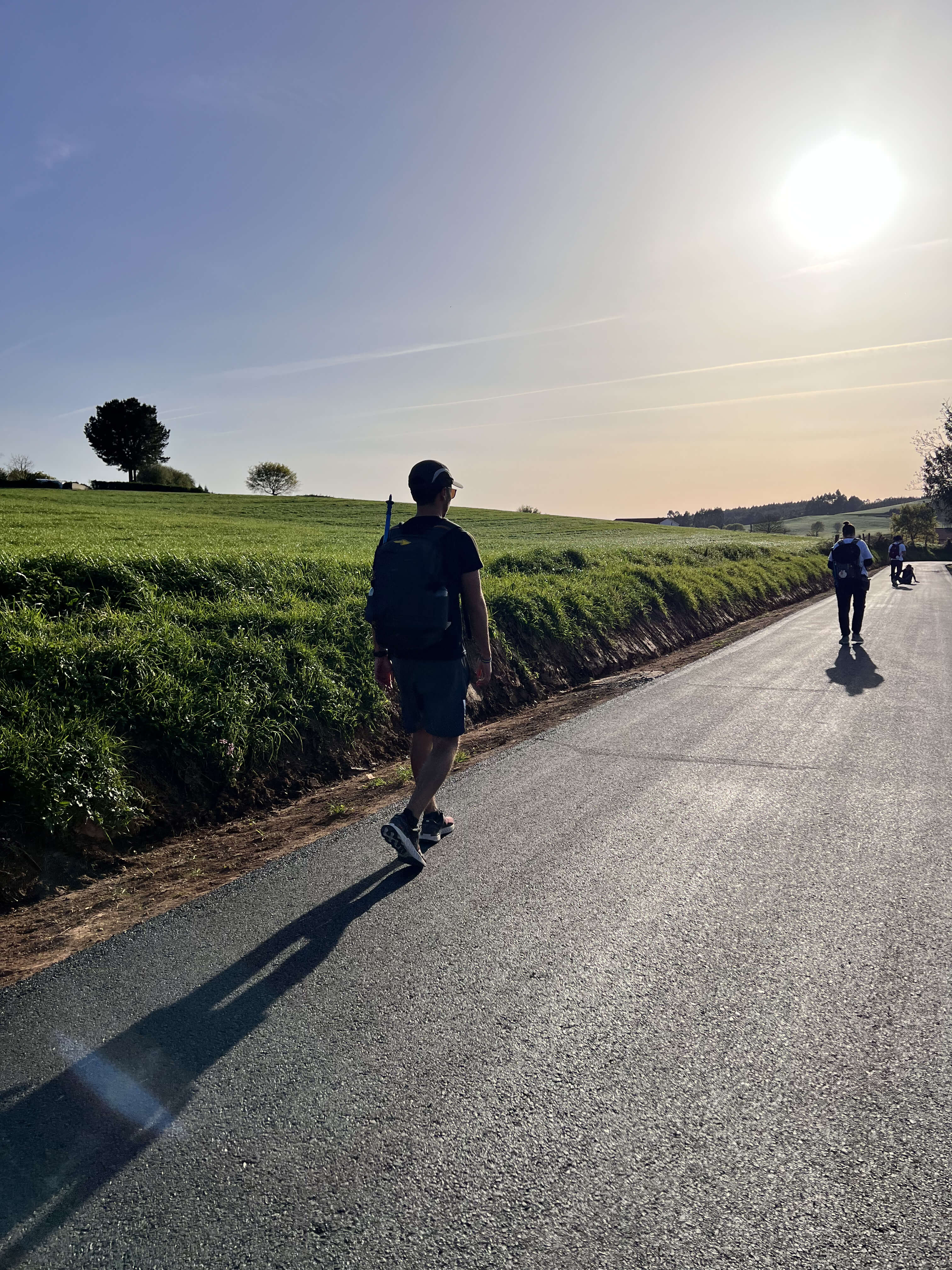Why the Camino de Santiago: Its history
April 17, 2023

If you're planning to embark on the Camino de Santiago, it's essential to understand the rich history and cultural significance of this ancient pilgrimage route. From its origins as a religious pilgrimage to its current status as a popular hiking trail, the Camino de Santiago has a fascinating history to tell.
The Camino de Santiago is a network of ancient pilgrimage routes leading to the Cathedral of Santiago de Compostela in Galicia, Spain. For over a thousand years, pilgrims have been making their way to Santiago de Compostela to pay homage to the remains of Saint James the Apostle, believed to be housed in the cathedral.
Over time, the Camino de Santiago has become much more than a religious pilgrimage. Today, it's a popular hiking route that attracts people from around the world who come to experience the natural beauty and cultural richness of Spain.
The Origins of the Camino de Santiago
The origins of the Camino de Santiago trace back to the 9th century when the tomb of Saint James was discovered in Galicia. Legend has it that James, one of the twelve apostles of Jesus, traveled to Spain to spread the gospel but was martyred by the Romans and buried in Galicia.
Following the discovery of his tomb, the pilgrimage to Santiago de Compostela became a popular destination for Christians seeking forgiveness for their sins and hoping to receive a plenary indulgence from the Catholic Church. The pilgrimage gained even more popularity during the Middle Ages, with the construction of numerous churches and hospitals along the route to accommodate the growing number of pilgrims.
The Camino de Santiago Today
Although the religious significance of the Camino de Santiago has waned over time, the pilgrimage remains an important cultural and spiritual tradition for many people. Every year, thousands of pilgrims from around the world embark on the Camino de Santiago to reflect, pray, and connect with others.
In addition to its religious and cultural significance, the Camino de Santiago is also a popular hiking route for people who enjoy the outdoors and want to experience the beauty of Spain. The route offers stunning landscapes, historic villages, and the opportunity to immerse oneself in local culture.

The Different Routes of the Camino de Santiago
There are several routes of the Camino de Santiago, each with its unique history and cultural significance. Here are some of the most popular routes:
-
The French Way (Camino Francés): This is the most popular route, covering a distance of approximately 800 kilometers. It starts in Saint-Jean-Pied-de-Port in France and passes through Pamplona, Burgos, and León before reaching Santiago de Compostela.
-
The Northern Way (Camino del Norte): This route follows the northern coast of Spain and covers a distance of approximately 825 kilometers. It begins in the Basque Country and passes through cities such as Bilbao, Santander, and Gijón before reaching Santiago de Compostela.
-
The Portuguese Way (Camino Portugués): This route starts in Lisbon, Portugal, and covers a distance of approximately 620 kilometers. It passes through Porto and several other cities before crossing into Spain and reaching Santiago de Compostela.
-
The Primitive Way (Camino Primitivo): This is the oldest route and covers a distance of approximately 320 kilometers. It starts in Oviedo and passes through Lugo before reaching Santiago de Compostela.



